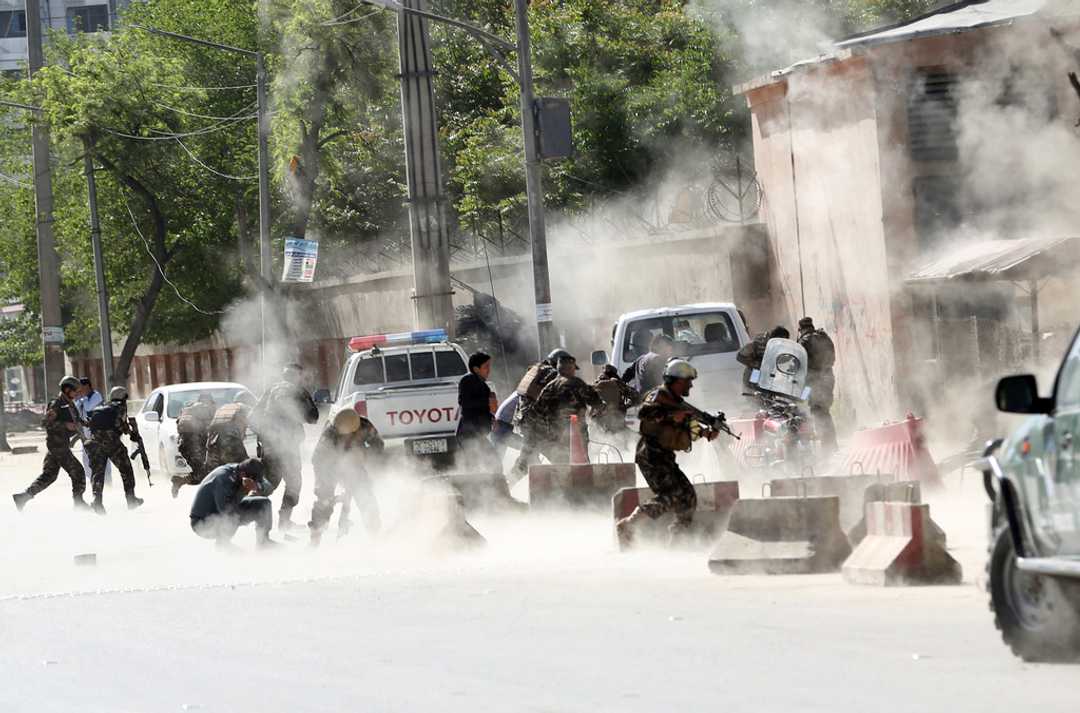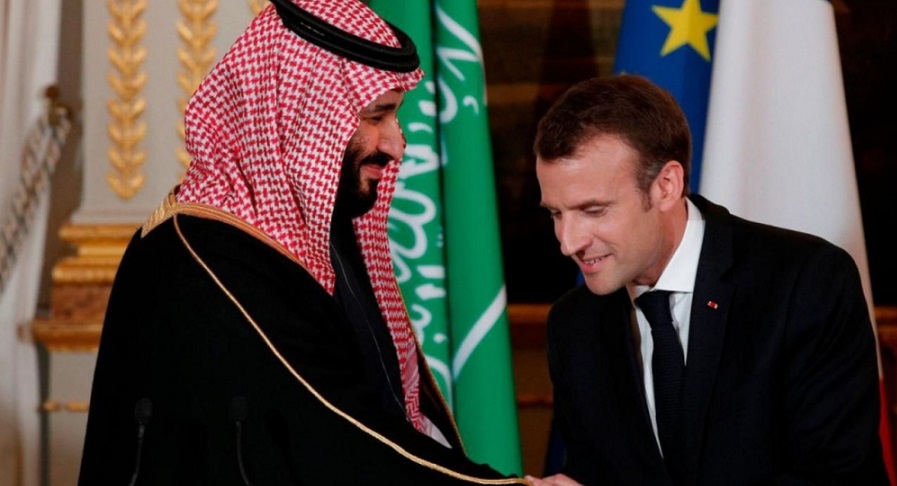Comme chaque année, RSF propose un bilan de la situation des journalistes dans le monde. Cette année, 49 journalistes ont été tués, soit le plus …

L'œil de la Maison des journalistes
Liberté d'informer & Accès à l'information

Comme chaque année, RSF propose un bilan de la situation des journalistes dans le monde. Cette année, 49 journalistes ont été tués, soit le plus …

En Afghanistan, 9 journalistes sont morts en 2019 Actualisation de l’article daté du 1er aout 2019 En juillet 2019, 37 cas de violence contre les journalistes …

Within the first six months of 2019, Afghanistan has lost six of its journalists in separate incidents, the first death of a journalist was recorded …

TESTIMONY FROM A MARITUANIAN JOURNALIST “A good journalist is someone who serves his community. Serving others through my journalistic work, that is my vocation.” This …

The news that shook the world’s largest daily newspaper, the New York Times International. After one month of controversy following an image deemed antisemitic, starting …

On Tuesday May 28th at 7:30, there was a conference broadcast over Facebook Live at “Le Grand Bréguet”, a Parisian bar to explain what happened …

Dans le cadre des 12ème assises internationales du Journalisme de Tours, le collectif #Payetoiunjournaliste a proposé de donner la parole aux citoyens sur la question …